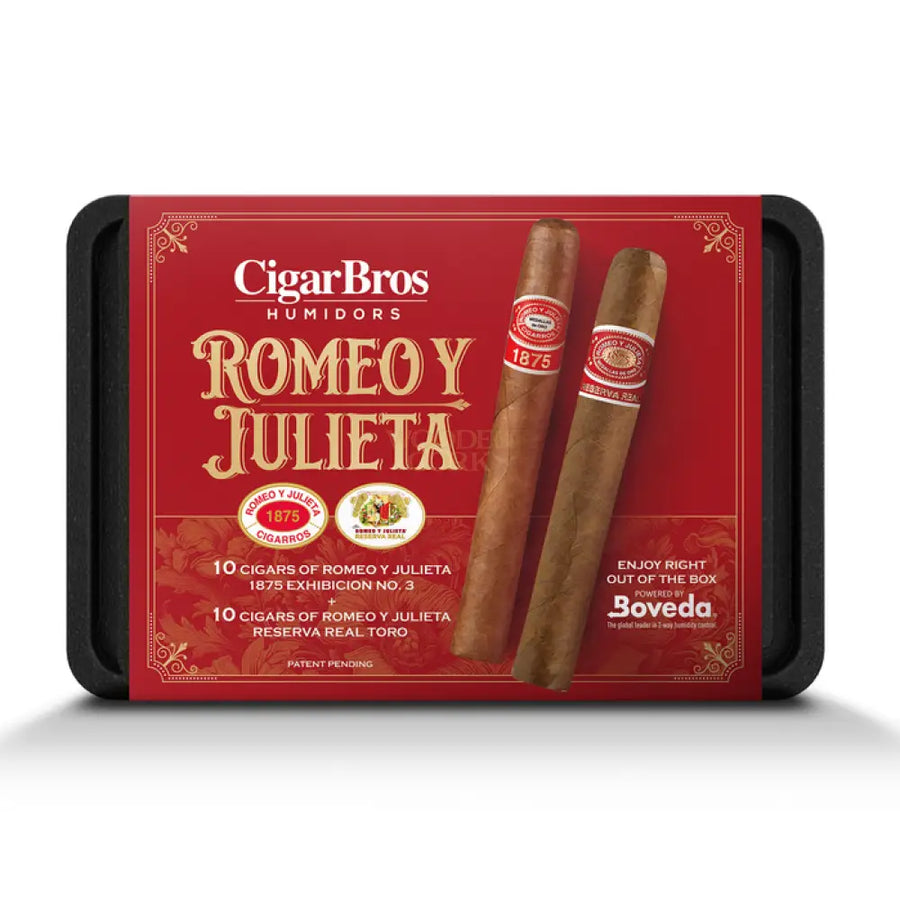
Fonseca Siroco White Port 750ml
Regular price
$2199
$21.99
Regular price
Sale price
$2199
$21.99
Save
/
🎁 Make It Personal
Add custom engraving, gift wrap, or a greeting card to make your order memorable.
Sip More, Spend Less – Subscribe & Save
- Expertly Packaged
- Authenticity Guaranteed
- Secure payments
- Wine vintage may differ from image
- In stock, ready to ship
- Backordered, shipping soon

















